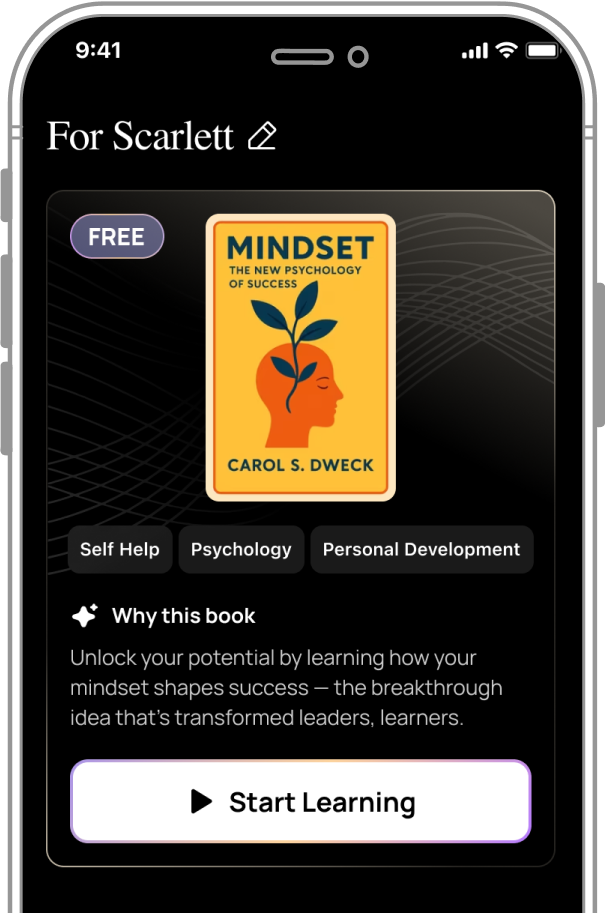What is
To Kill a Mockingbird about?
To Kill a Mockingbird follows Scout Finch’s coming-of-age in 1930s Alabama as her father, Atticus Finch, defends Tom Robinson, a Black man falsely accused of rape. The novel explores themes of racial injustice, moral growth, and societal prejudice through Scout’s perspective, paralleling the innocence of characters like Tom and Boo Radley with the symbolic "mockingbird" motif.
Who should read
To Kill a Mockingbird?
The book resonates with young adults, literature students, educators, and readers interested in social justice. Its exploration of racism, empathy, and moral courage makes it essential for classrooms and discussions about historical and contemporary inequity.
Is
To Kill a Mockingbird worth reading?
Yes. A Pulitzer Prize winner and modern classic, the novel remains culturally significant for its timeless themes, memorable characters, and critique of systemic prejudice. It’s widely taught and praised for its accessibility and emotional depth.
What are the main themes in
To Kill a Mockingbird?
Key themes include racial injustice, moral integrity, loss of innocence, and empathy. The story critiques societal hypocrisy while emphasizing the importance of understanding others’ perspectives—epitomized by Atticus’s advice to “climb into someone’s skin and walk around in it”.
What does the mockingbird symbolize?
The mockingbird represents innocence and harmlessness. Tom Robinson and Boo Radley are symbolic “mockingbirds” unjustly targeted by society. Atticus’s warning that “it’s a sin to kill a mockingbird” underscores the moral duty to protect the vulnerable.
Why is Atticus Finch important?
Atticus embodies moral courage, defending Tom Robinson despite community backlash. His parenting style—teaching Scout and Jem empathy and justice—positions him as a moral anchor. His integrity and fairness make him one of literature’s most revered characters.
How does the Great Depression setting shape the story?
Set in 1930s Alabama, the backdrop amplifies themes of poverty and racial tension. The Finch family’s relative privilege contrasts with the Ewells’ destitution, while Jim Crow laws contextualize Tom Robinson’s wrongful conviction.
What role does Boo Radley play?
Boo, a reclusive neighbor, evolves from a childhood myth into a protective figure. His acts of kindness—leaving gifts and saving Scout and Jem—highlight the dangers of prejudice. His rescue symbolizes hidden goodness in misunderstood individuals.
What are key quotes from
To Kill a Mockingbird?
- “Until you climb into his skin…”: Atticus’s lesson on empathy.
- “Mockingbirds don’t do one thing…”: Miss Maudie on innocence.
- “The one thing that doesn’t abide…”: Atticus on majority rule vs. conscience.
What criticisms does
To Kill a Mockingbird face?
Critics argue it oversimplifies racism by centering white savior narratives and marginalizing Black voices like Tom’s. Others note its lack of direct engagement with systemic oppression beyond individual morality.
How does
To Kill a Mockingbird compare to other classics?
Unlike The Adventures of Huckleberry Finn, which uses satire, Lee’s novel blends courtroom drama with childhood introspection. Both critique racism but differ in tone and narrative structure.
Why is
To Kill a Mockingbird still relevant today?
Its themes of racial bias, moral accountability, and social justice mirror modern debates. The novel’s plea for empathy and ethical courage remains urgent in addressing systemic inequality.









